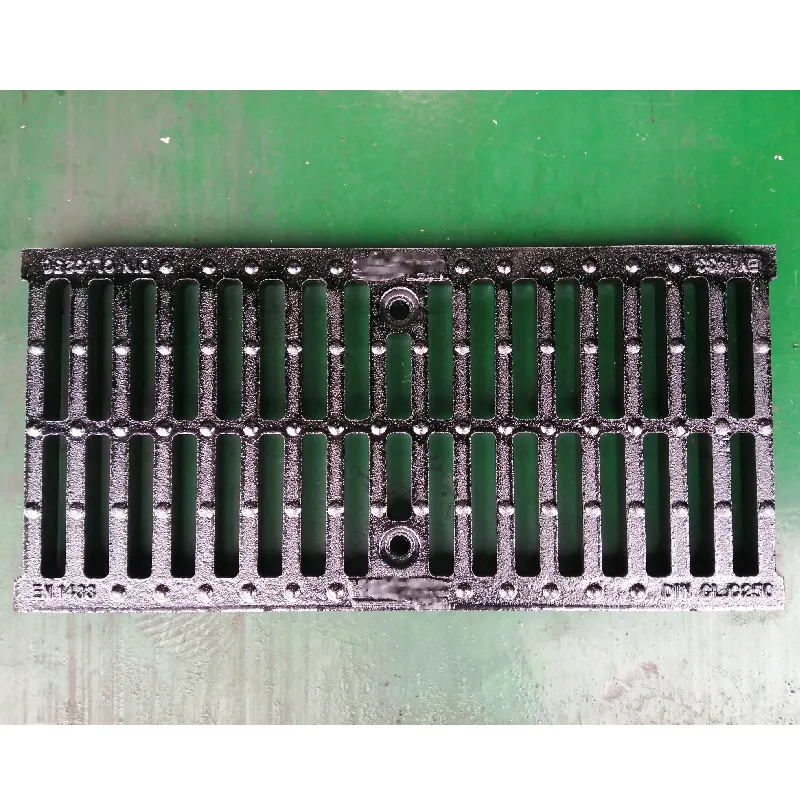gate valve manifold
Understanding Gate Valve Manifolds A Crucial Component in Fluid Control Systems
Gate valve manifolds play a significant role in various industrial applications, particularly in fluid control systems. These systems are essential in managing the flow of liquids and gases, ensuring efficient and safe operations across a multitude of sectors, including oil and gas, water treatment, and chemical processing. This article delves into the design, function, and advantages of gate valve manifolds, highlighting their importance in modern engineering.
What is a Gate Valve Manifold?
A gate valve manifold is a piping assembly that integrates multiple gate valves into a single unit. These valves serve as on/off control mechanisms for regulating the flow of fluids. The manifold is designed to simplify control over the flow path within a system, allowing for multiple connections and operations from a centralized point. Typically manufactured from materials like stainless steel or brass, gate valve manifolds are built to endure high pressures and corrosive environments, making them suitable for heavy-duty applications.
Design Considerations
The design of a gate valve manifold takes into account several critical factors, including fluid characteristics, pressure ratings, and space constraints. The manifold typically comprises a series of ports connected through an intricate network of pipes. Each port is fitted with a gate valve that can be manually or automatically operated.
Key design considerations include
1. Material Selection Selection of appropriate materials is vital to ensuring durability and preventing leaks. Stainless steel is often preferred for its corrosion resistance and strength.
2. Size and Configuration The size of the manifold must match the specifications of the system it serves. Configurations can vary widely, from simple designs with two or three valves to complex systems with multiple branches for integration into larger networks.
3. Pressure Ratings Gate valve manifolds must be rated for the maximum pressure they will encounter in service. Over-specifying can lead to unnecessary costs, while under-specifying poses safety risks.
gate valve manifold

Functionality
The primary function of a gate valve manifold is to control the flow of fluids through a system. This can involve directing the flow to different pipelines, isolating sections of the system for maintenance, or facilitating the blending of multiple fluid streams.
Gate valves operate by lifting a gate out of the path of the fluid, providing minimal resistance when fully opened. This makes them particularly advantageous for applications where a straight flow of fluid is necessary. Unlike other types of valves, gate valves are not suitable for applications that require throttling, as they are designed primarily for full open or closed positions.
Advantages of Gate Valve Manifolds
1. Space Efficiency By consolidating multiple valves into a single manifold, space can be saved in tightly packed environments, such as pump rooms or control panels.
2. Enhanced Control A manifold allows for more precise control over fluid movement and distribution, which can lead to greater operational efficiency.
3. Safety Gate valve manifolds can increase the safety of a system by providing the ability to isolate sections easily, minimizing the risk of leaks or failures.
4. Cost-Effectiveness Although the initial investment might be higher than using individual valves, the long-term savings in maintenance, space, and efficiency can be significant.
5. Simplified Installation Having multiple valves in one assembly simplifies the installation process, reducing labor costs and time.
Conclusion
Gate valve manifolds represent a vital component of fluid control systems across various industries. With their robust design and efficient functionality, they facilitate the safe and effective management of fluid flow. As industries continue to evolve, so too will the technologies and materials used to manufacture these essential components. Understanding their design, functionality, and advantages is crucial for engineers and professionals involved in fluid management, ensuring that systems operate smoothly and effectively.
-
The Smarter Choice for Pedestrian AreasNewsJun.30,2025
-
The Gold Standard in Round Drain CoversNewsJun.30,2025
-
The Gold Standard in Manhole Cover SystemsNewsJun.30,2025
-
Superior Drainage Solutions with Premium Gully GratesNewsJun.30,2025
-
Superior Drainage Solutions for Global InfrastructureNewsJun.30,2025
-
Square Manhole Solutions for Modern InfrastructureNewsJun.30,2025
-
Premium Manhole Covers for Modern InfrastructureNewsJun.30,2025
